How did nature create Magnesia?
The Slavkov Forest Protected Landscape Area
an isle of virgin nature in the heart of west Bohemia, provides the utmost protection to the local springs.
The water from the infiltration area of the central part of the Slavkov Forest penetrates through several layers of rock, which function as a natural filter. The water is protected against any influence of modern civilization.
The meeting of water with carbon dioxide of Tertiary magmatic origin – CO2 rises to the surface through fissures and along fault lines. It meets with water and dissolves in it, which in turn aids in the dissolution of other minerals. Carbon dioxide makes Magnesia naturally and very delicately sparkling.
In the depths of the Earth, the carbonated water is naturally enriched with minerals from the surrounding rock environment. Magnesia acquires its unique magnesium content from the rock known as serpentine.
Depth of 100 meters
Magnesia mineral water is collected directly from its natural source in the depth of 100 meters without any human intervention.



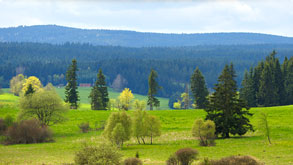
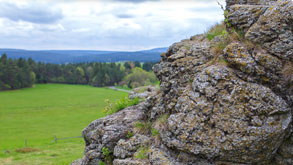
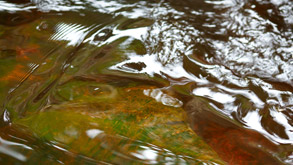
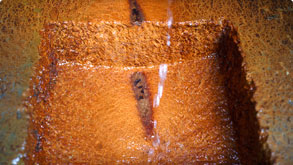


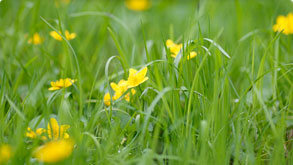
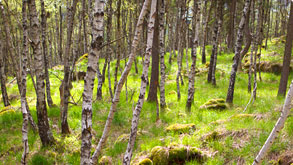
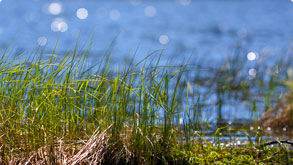
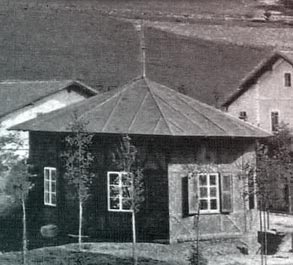
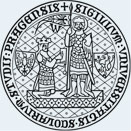 “Magnesium is the fourth most common element present in the human body and the second most common element found inside cells. Magnesium is crucial for more than 300 life-related processes and metabolic reactions in the human body. As a result of nutrition low in magnesium and a lifestyle typical for our modern industrial society, people are regularly experiencing a deficiency of this element, which is important for the normal functioning of the muscles, particularly of the heart muscle, as well as for nervous functions and energy generating reactions in the body.” Prof. MUDr. Zdeněk Zadák CSc., Center for Research and Development, Charles University in Prague
“Magnesium is the fourth most common element present in the human body and the second most common element found inside cells. Magnesium is crucial for more than 300 life-related processes and metabolic reactions in the human body. As a result of nutrition low in magnesium and a lifestyle typical for our modern industrial society, people are regularly experiencing a deficiency of this element, which is important for the normal functioning of the muscles, particularly of the heart muscle, as well as for nervous functions and energy generating reactions in the body.” Prof. MUDr. Zdeněk Zadák CSc., Center for Research and Development, Charles University in Prague “Magnesium is essential for the life of cells and it cannot be replaced by any other element. It is indispensable for the generation of energy (it is important for muscles during various sports, for example) and generally in connection with protein exchange in the body (formation of muscles, enzymes and most living tissues in the body), it also supports the functioning of the nervous system, e.g. when learning, etc. Aside from that, magnesium increases fertility and decreases the occurrence of miscarriage.” Prof. Dr. Sándor A. Kiss, University of Szeged, Budapest
“Magnesium is essential for the life of cells and it cannot be replaced by any other element. It is indispensable for the generation of energy (it is important for muscles during various sports, for example) and generally in connection with protein exchange in the body (formation of muscles, enzymes and most living tissues in the body), it also supports the functioning of the nervous system, e.g. when learning, etc. Aside from that, magnesium increases fertility and decreases the occurrence of miscarriage.” Prof. Dr. Sándor A. Kiss, University of Szeged, Budapest Magnesia mineral water is recommended by the Czech Medical Chamber based on expert opinions published by the CMC Scientific Council.
Magnesia mineral water is recommended by the Czech Medical Chamber based on expert opinions published by the CMC Scientific Council.